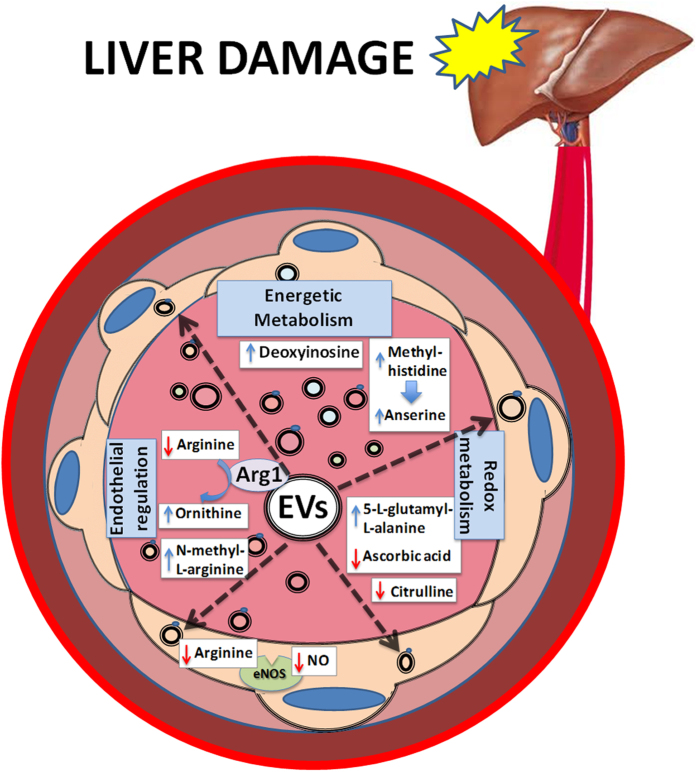Figure 9. Schematic view of the global metabolic effects caused by hepatocyte-released EVs.
Hepatic EVs can produce fuel molecules (e.g., deoxyinosine), alter oxidative environment (e.g., by changing the levels of anserine, 5-L-glutamyl-L-alanine, and ascorbic acid). They also reduce the arginine pool and increase the levels of eNOS inhibitor (N-methyl-L-arginine), affecting the endothelial function. Our findings indicate that the hepatic EVs transmit, coordinate, and integrate different types of metabolic activity (e.g., the energy, redox, and endothelial functions) in the extracellular environment. These properties of the EVs might be important for pathophysiological responses in the local areas and/or distant organs.

